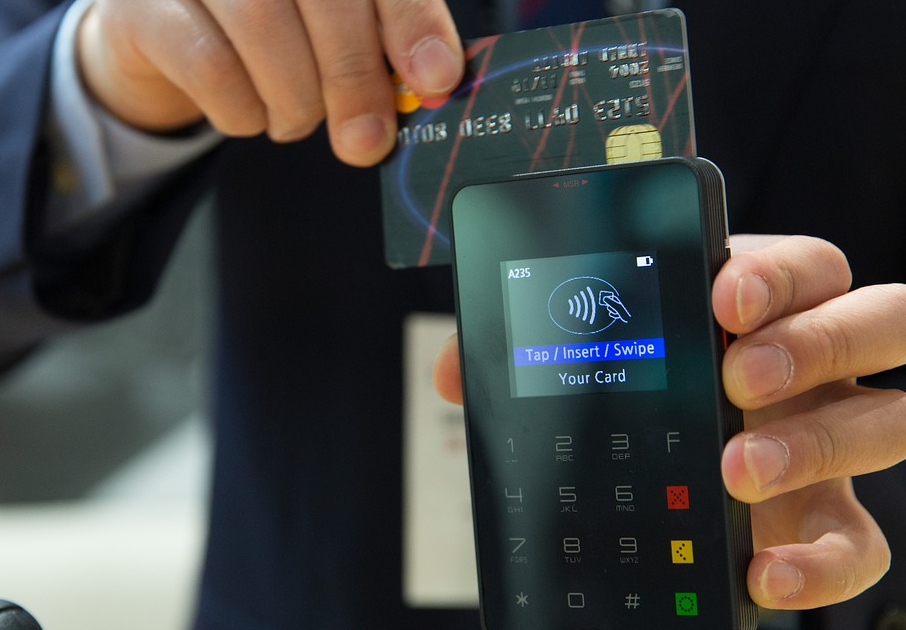By now, every restaurant owner knows that the October 2015 EMV compliance deadline was not the finish line for EMV implementation. In fact, although upwards of 70% of cards in the U.S. today are chip-enabled, many restaurant POS systems are not. We’ve seen reports that only 37% of U.S. merchants are EMV compliant. This number was predicted to be as high as 60% before EMV was launched. But let’s take a step back for a second, EMV is more than just an annoying acronym. Here’s what you need to know about EMV, implementation, and compliance.
What Is EMV?
Europay Mastercard and Visa - a not-so-snappy name of the group that established chip-card processing and security standards.
Mag stripe cards, the ones we all know and love, have been around since the 1970s. They use the same technology as cassette tapes to encode the magnetic stripe on the back of the card with the credit card information… and we all know where your VHS tapes are, right?
When the card is swiped, the credit card reader can record the information and send it up the chain so the merchant can authorize the transaction and can charge the card for payment. With mag stripe, the terminal performs little or no risk assessment and all the risk assessment is done by the issuing bank.
EMV cards, also known as smart cards or chip and pin cards, work a bit differently. Every time an EMV card is used, the chip in the card creates a unique transaction code that cannot be used again. This code authenticates the card to make sure it’s not a fake. Meaning it’s harder to copy than a mag stripe card.
The goal with EMV cards is to eliminate counterfeiting and fraud in face-to-face, also called card-present, transactions. With EMV, the terminal becomes the first line of defense for risk assessment by determining if the card dipped is a legitimate card.
Why EMV Compliance?
It’s really quite simple… it’s about protecting against fraud.
- Mag-stripe readers are easily “skimmed” by hand-held readers and inserts into ATMs & non-secure POS systems.
- The data is then duplicated onto numerous cards until the cardholder detects the fraud.
- Once reported, the cards are canceled.
EMV chips are extremely difficult to compromise.
EMV Myths, Busted
Like anything, there have been a lot of misconceptions floating around about EMV compliance and the EMV deadline. We’ve taken the time to “bust” them for you.
- EMV is NOT required: It is the merchant's choice
- EMV is NOT protection against all chargebacks: liability shift is for counterfeit or lost/stolen card data only
- EMV is NOT a way to secure processing: EMV does NOT protect or encrypt card numbers, only determines legitimacy of the card presented for payment
- EMV is NOT the same as PCI DSS (Payment Card Industry Data Security Standard): EMV is designed to minimize fraud; PCI is an established standard to secure sensitive data.
Looking for your answer to EMV? Thought so. Upserve released the only EMV kit designed specifically for restaurants. Learn more here.
-------
Theresa is the mind behind the content strategy at Upserve. Upserve puts everything restaurateurs need to know in one place, providing real-time guidance to unlock the power of their menu, workforce and guest habits.






